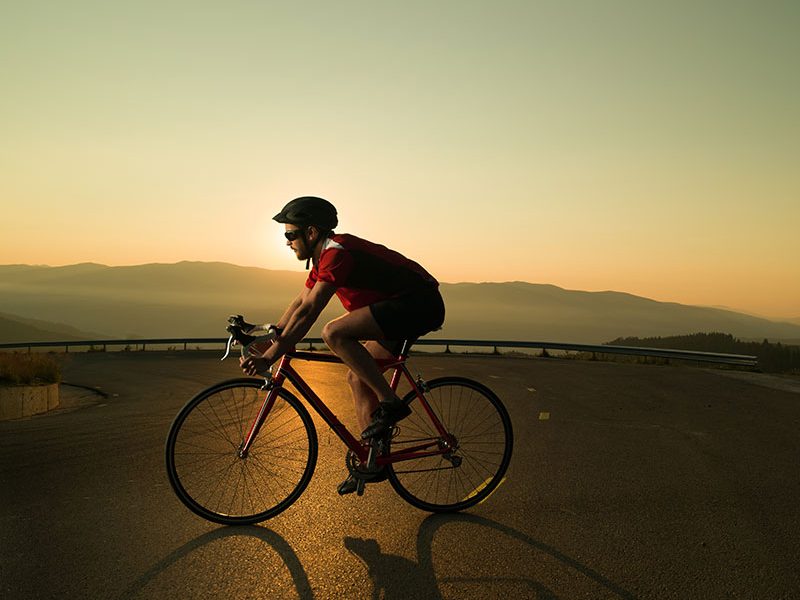How to sit on the bike

First, you need to find the ideal place in terms of anteroposterior positioning, that is, from front to back. To do this, the axis of the pedal must be directly behind the head of the first metatarsal, the protruding bone on the inside of the foot, that is, the ball of the foot. With shoes on, this point can be determined by feeling the foot over the toe of the shoe. The longer the cyclist’s foot, the further back the cleat must sit in the shoe. https://tiendabicis.net gives some recommendations.
The rotation of the cleat should take into account the natural rotation of the feet. So if a person naturally walks with their feet outward, they should pedal in that position as well. The goal is for the various joints on the bike to be in the same position as when walking.
As for the degree of movement of the pedal, the most effective way to avoid a loss of power is to move the pedal as little as possible. However, this fixation of the foot can cause unwanted tension in the knee if the cleats are not perfectly aligned.
It is therefore recommended to use pedals with a certain degree of freedom of movement. When deciding on the position of cleats in relation to their proximity to the pedal (more on the inside of the shoe or on the outside), it is common to place them in a centered position.
Cyclists with very narrow hips may try to move the cleats outward to achieve better knee alignment. Conversely, a rider with very wide hips can basically improve their ergonomics by placing the cleats further inside the shoe. Remember that protecting the cyclist is important to avoid serious accidents.
Saddle Height Several methods have been described to determine the ideal saddle height based on the length of the stride and multiplying that value by a number. The most accurate is to multiply the inside leg length by 0.885 to determine the correct saddle height.
This method is not the best way to determine proper saddle height because it does not take into account how far the saddle dips, how long the bike’s cranks are, or how high the pedal plus cleat is. In addition, depending on the measurement method, the inseam measurement can often be incorrect.
If it is not possible to perform a dynamic examination to determine the extension and flexion of the knee when pedaling, the following method can be used: Stand on the saddle with cycling shoes on and let both legs hang down. The correct height is reached when the sole of the shoe slightly touches the pedal with the knee extended and in the lowest position of the pedal (a low saddle reduces the pedaling force and promotes injuries).

